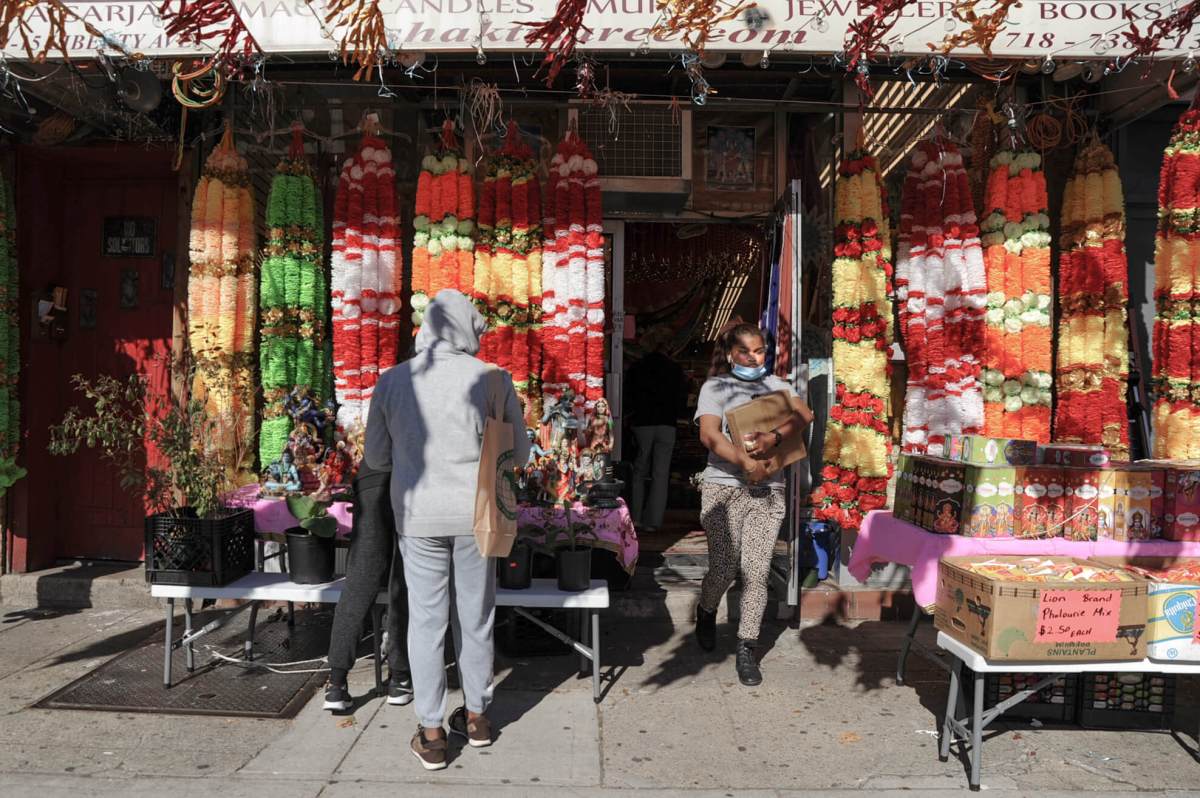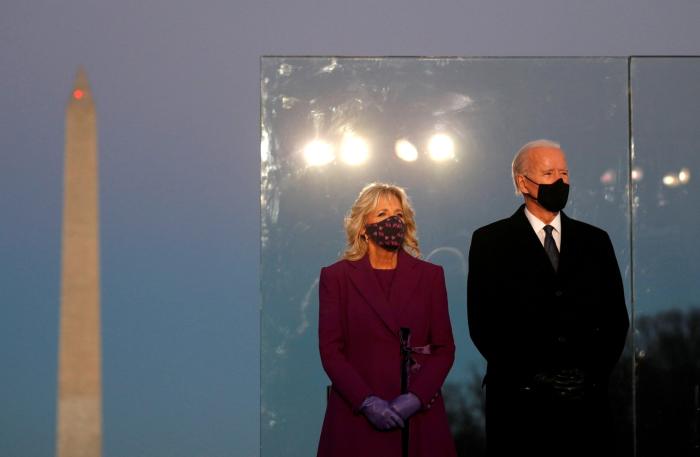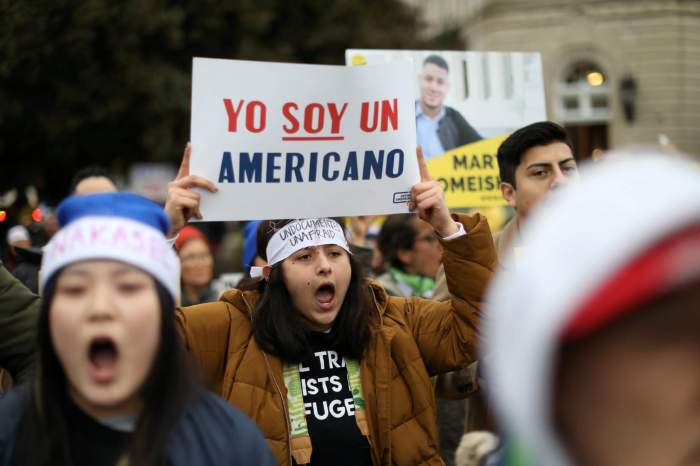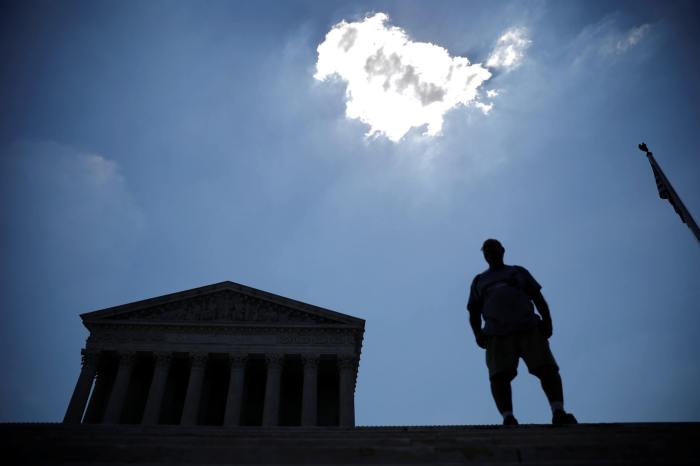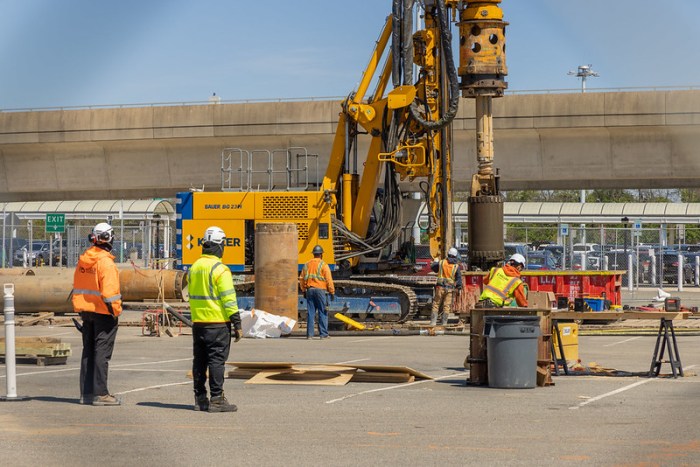The main street of a neighborhood is the quickest way through it, but in New York City’s Caribbean neighborhoods, the main avenues are the lifeblood of the community.
Avenues in any given enclave are lined with diverse businesses and restaurants, joyful energy spilling out into the streets through music and colorful displays, produce stands filled with plantains, prickly pears and yuca roots. Comprised of nearly 30 countries and with half a dozen commonly spoken languages, the multiplicity of the Caribbean community is a vibrant example of what makes the city distinct.
“New York is the Caribbean capital of the world. It’s the largest and most diverse Caribbean community outside of the Caribbean itself,” said Shelley Worrell, founder of Caribbeing, an organization that highlights and celebrates Caribbean culture in the city.
Immigrants from the Dominican Republic and Guyana represent two of the five largest foreign-born populations in the city, with six of the ten groups being Caribbean countries. These figures belie the deep roots many second and third generation Caribbean-Americans have here in New York City, with entrenched communities like Richmond Hill in Queens, Crown Heights and 2East Flatbush in Brooklyn. Worrell, the daughter of Trinidadian immigrants, spearheaded the designation of the Little Caribbean neighborhood in East Flatbush that was officially recognized by the city in the Fall of 2017.
“There’s three Chinatowns in New York, there’s two little Italy’s, some immigrant groups that have come after Caribbean people have designations. So why can’t we? Especially since, you know, I fear 50 years from now, the neighborhood may not be quite as Caribbean as it is today, or as it was 10 or 20 years ago,” said Worrell.
Gentrification continues to spread from Manhattan and western Brooklyn to the rest of the five boroughs, a process that ultimately changes the neighborhoods it creeps into. For many among immigrant and marginalized communities, living around those who share your culture can be critically important.
“Being able to find your food, to hear your music, to have your language spoken, all of that, it really sort of gives you that sense of home and belonging, especially if you’re an immigrant and you’re thousands of miles away from home or what used to be home,” said Worrell.
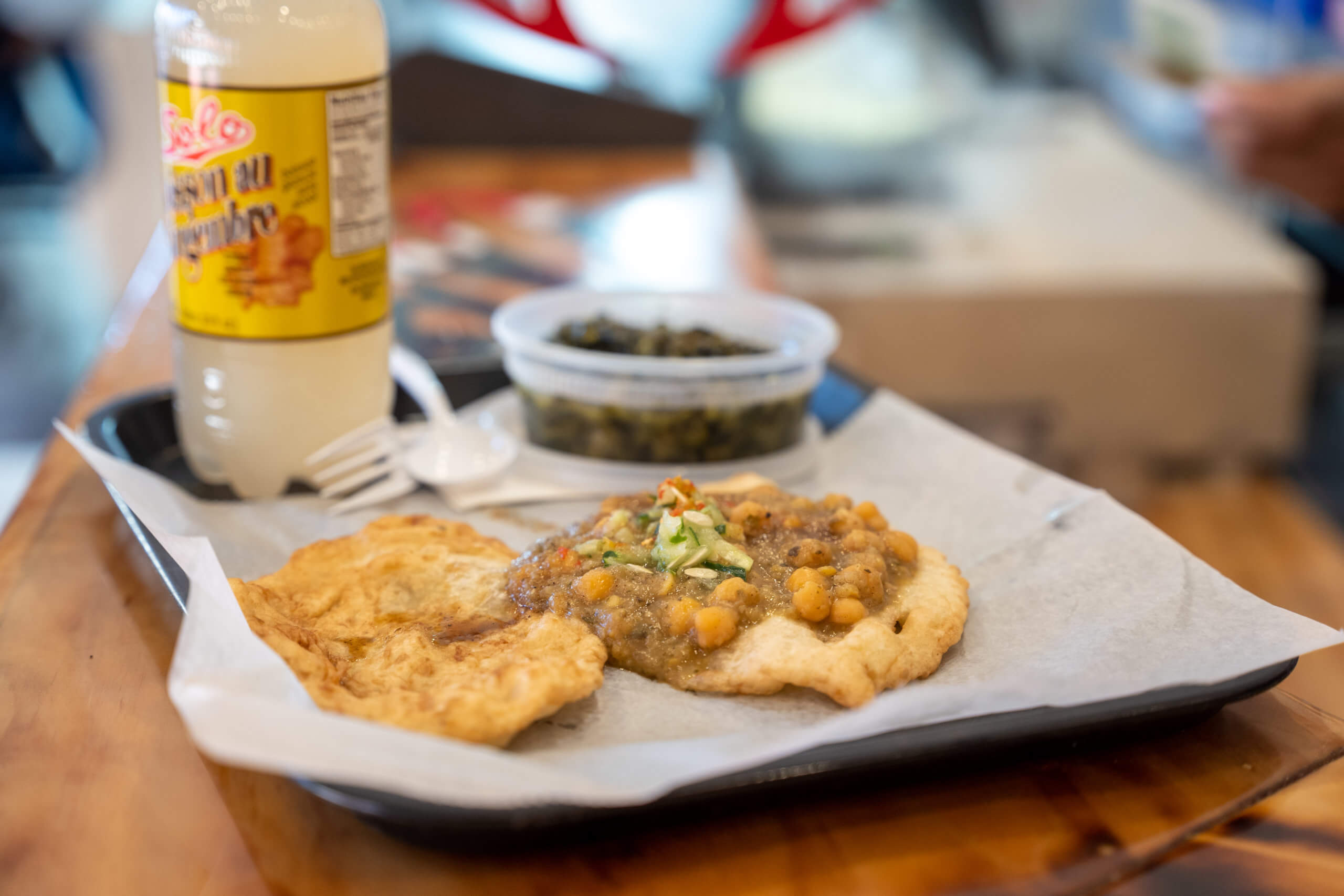
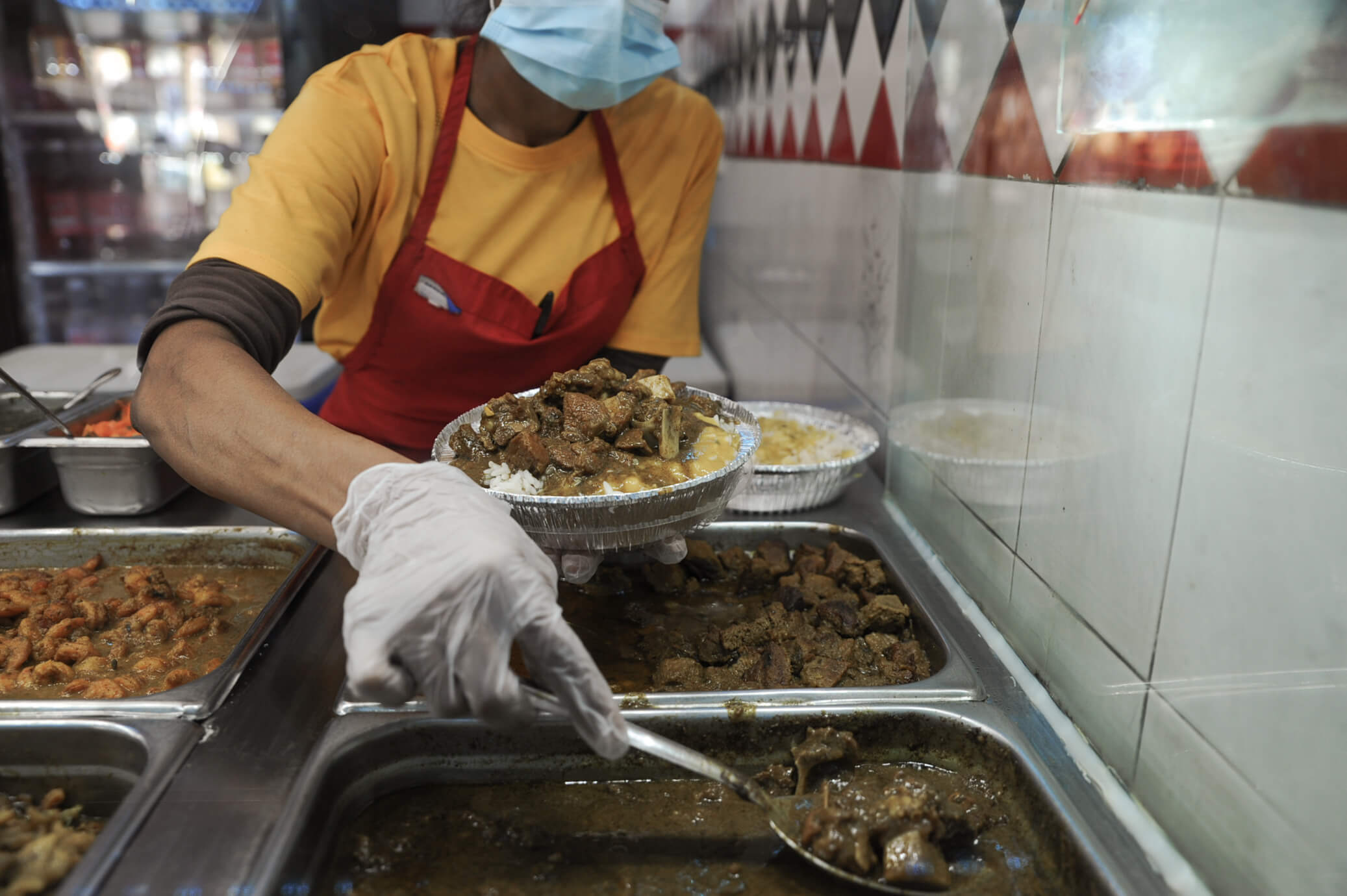
Guyanese-American Grace Aneiza Ali, the Curator-at-Large for the Caribbean Cultural Center African Diaspora Institute, believes that migration features heavily into the story of Caribbean people. In an inversion of the common immigration narrative, much of the large-scale migration to the United States from the Caribbean was led by women.
“Starting in the 50s, 60s, and then in the 70s, there was this immense need for blue collar jobs. Nursing jobs, domestic care jobs, health care workers, nannies. So over the table or under the table, those kinds of jobs. My mom brought our entire family over in 1995,” said Ali.
Caribbean-Americans communities were among those hit hardest by the COVID-19 pandemic. Much of which, according to Ali, has to do with the fact that many continue to work in the sorts of blue collar professions that keep the city running.
“We’re still the elderly care aides, the restaurant workers, the bus drivers,” said Ali. “When you talk about Queens, Brooklyn, and the Bronx being so impacted – Those were Caribbean people that were dying in those early days of COVID.”
A challenge to speaking to the Caribbean-American community at large is it’s diversity. Choosing one way of being in America – being Black or Latino or an ambiguous mix of heritages – can often be a complex process for Caribbean-Americans.
“Generally, to be a Caribbean person is to come from multiple heritage’s. There’s no box on the census for that,” said Ali.
Many Caribbean-Americans will check ‘other’ when attempting to choose to fit in boxes that don’t adequately identify them if and when they complete the census. Nearly 50 million Americans, or almost one in seven, do the same.
“If you are going to give options, Then shouldn’t you give all the options? Why are there five options? That’s all there is in America? Five options? That’s the message?” said Ali.
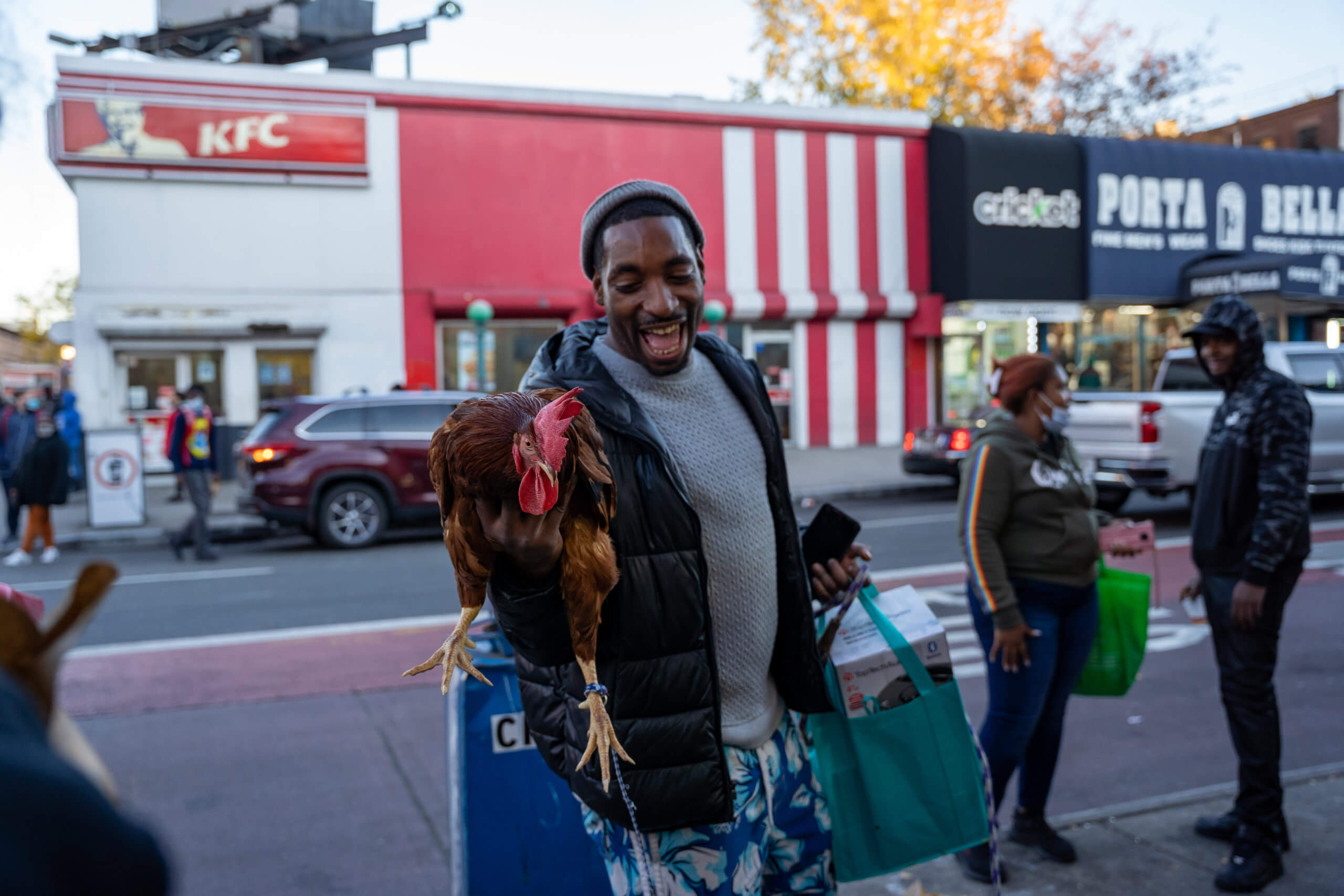
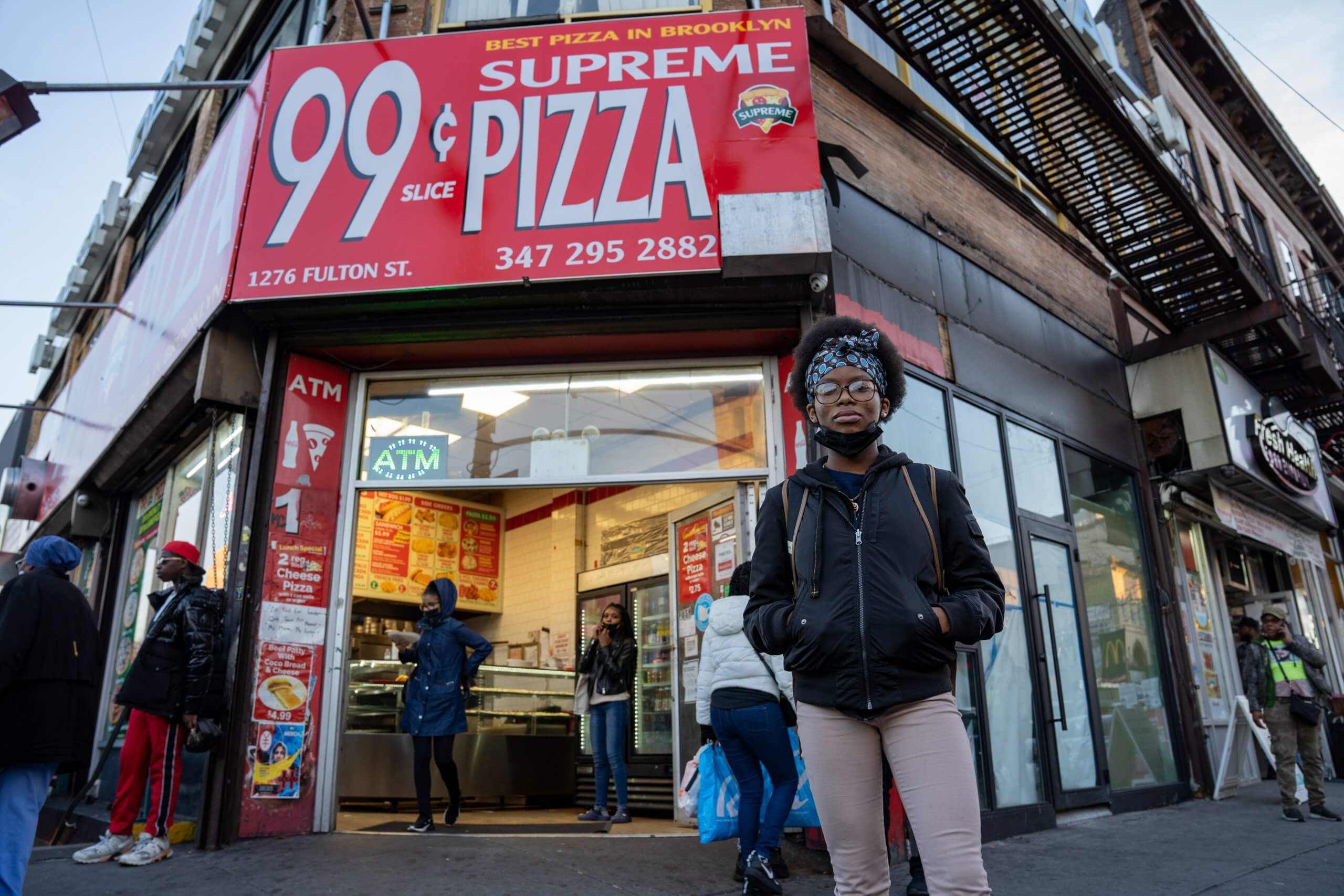
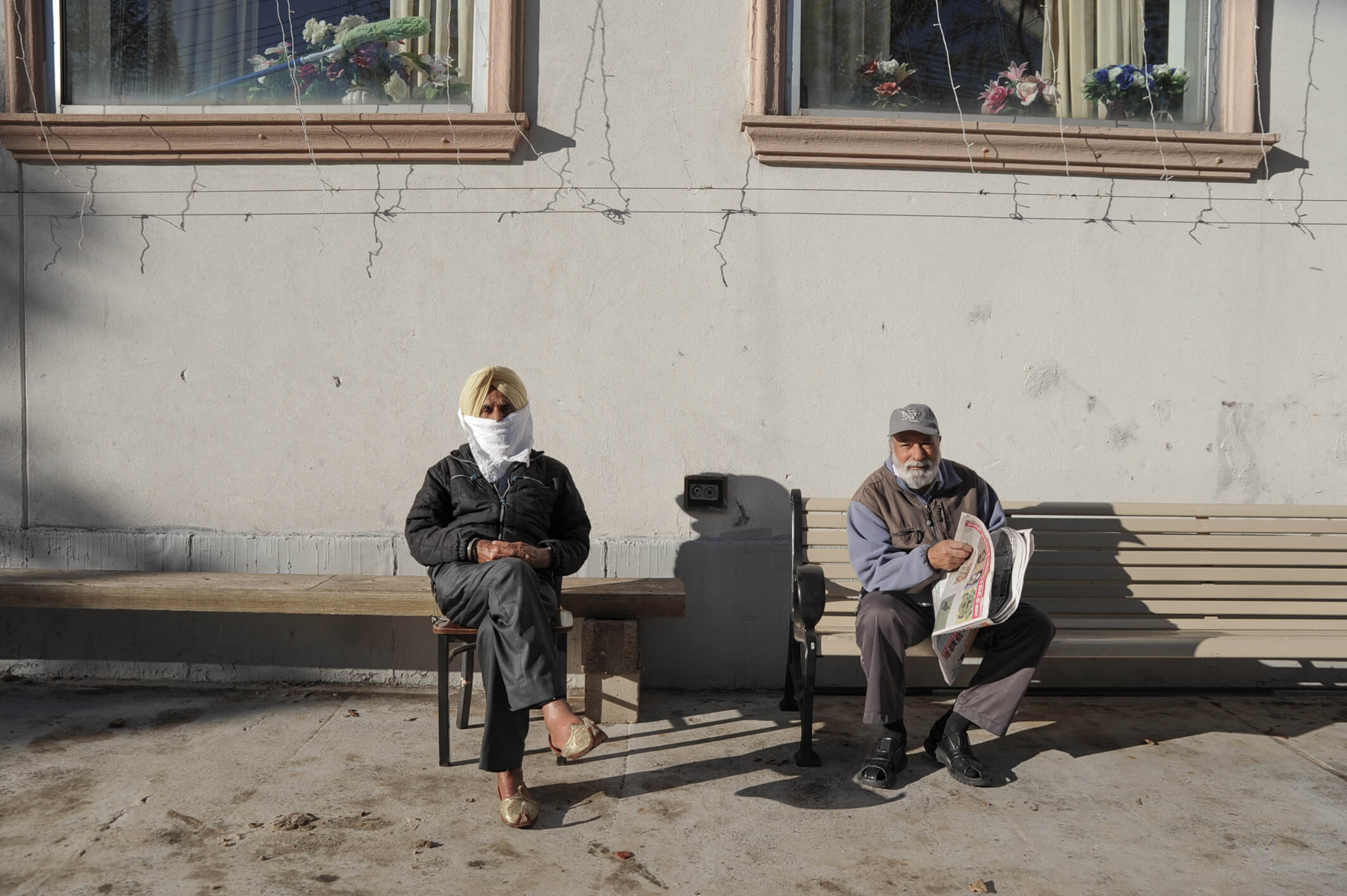
An optimistic future
As the pandemic continues to loom over everyday life, many Caribbean-Americans are looking forward to the new year with optimism.
Along with incoming mayor Eric Adams, the city is welcoming a slate of representatives new to city government, including a record number of Caribbean-Americans. City Council Member Farah Louis, the daughter of Haitian immigrants, won re-election in District 45, is hoping to continue her role as an advocate for the community she was born and raised in.
“I believe that the Caribbean community is the lifeblood of small businesses – particularly when it comes to food. If you walk down Flatbush Avenue, you can get Haitian food, Jamaican food, Trinidadian food,” said Louis. “We all come together through food, which is a major component of Caribbean culture, as well as our music.”
Emerging from the pandemic, Louis intends to work with her colleagues to continue to center and solve some of the most pressing issues for Caribbean-American New Yorkers.
“If you ask any Caribbean-American what the biggest issues are, whether you’re a homeowner or you’re renting here in New York City, housing is a major issue. Basement housing has been a pathway for affordable housing for Caribbean-Americans,” said Louis.
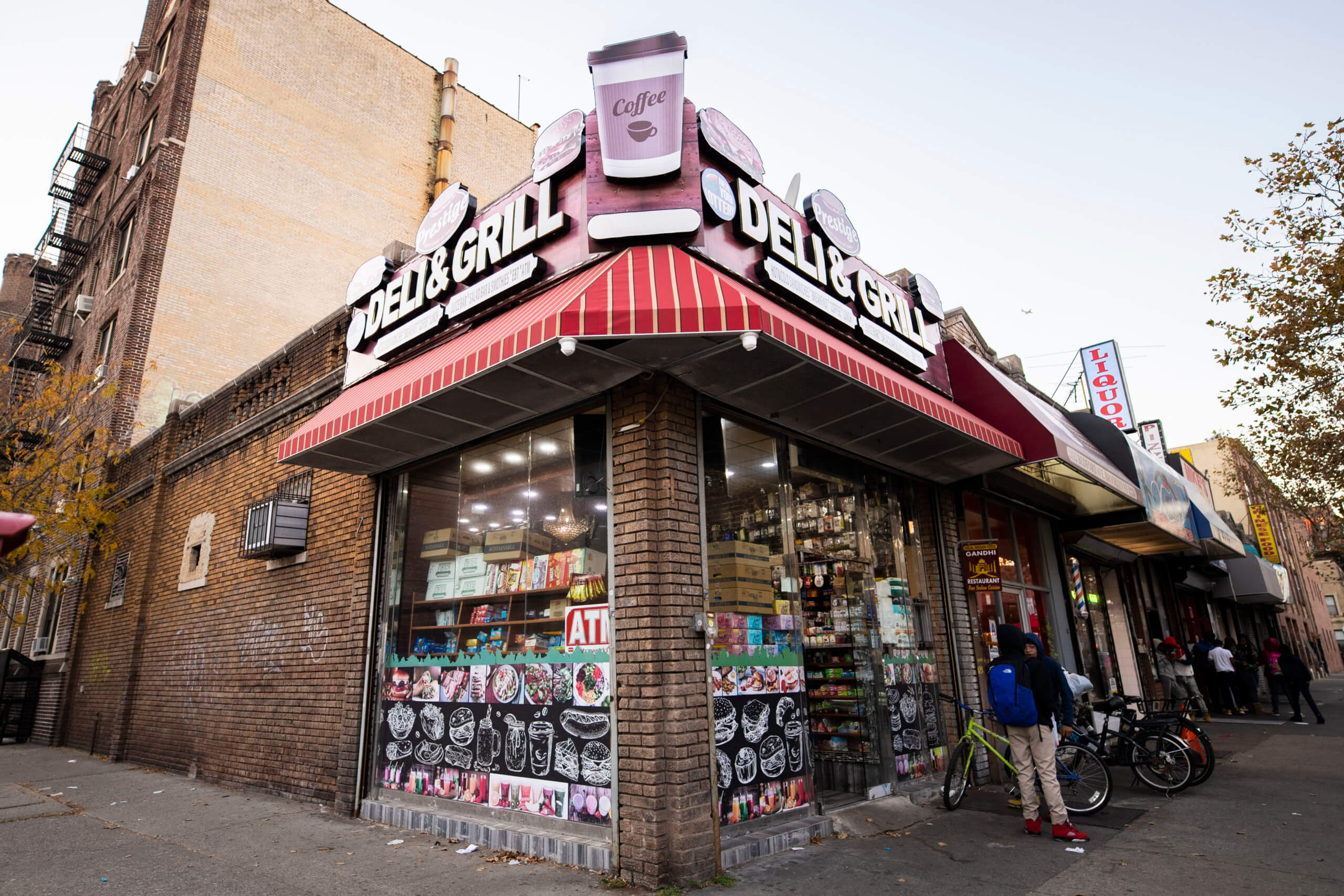
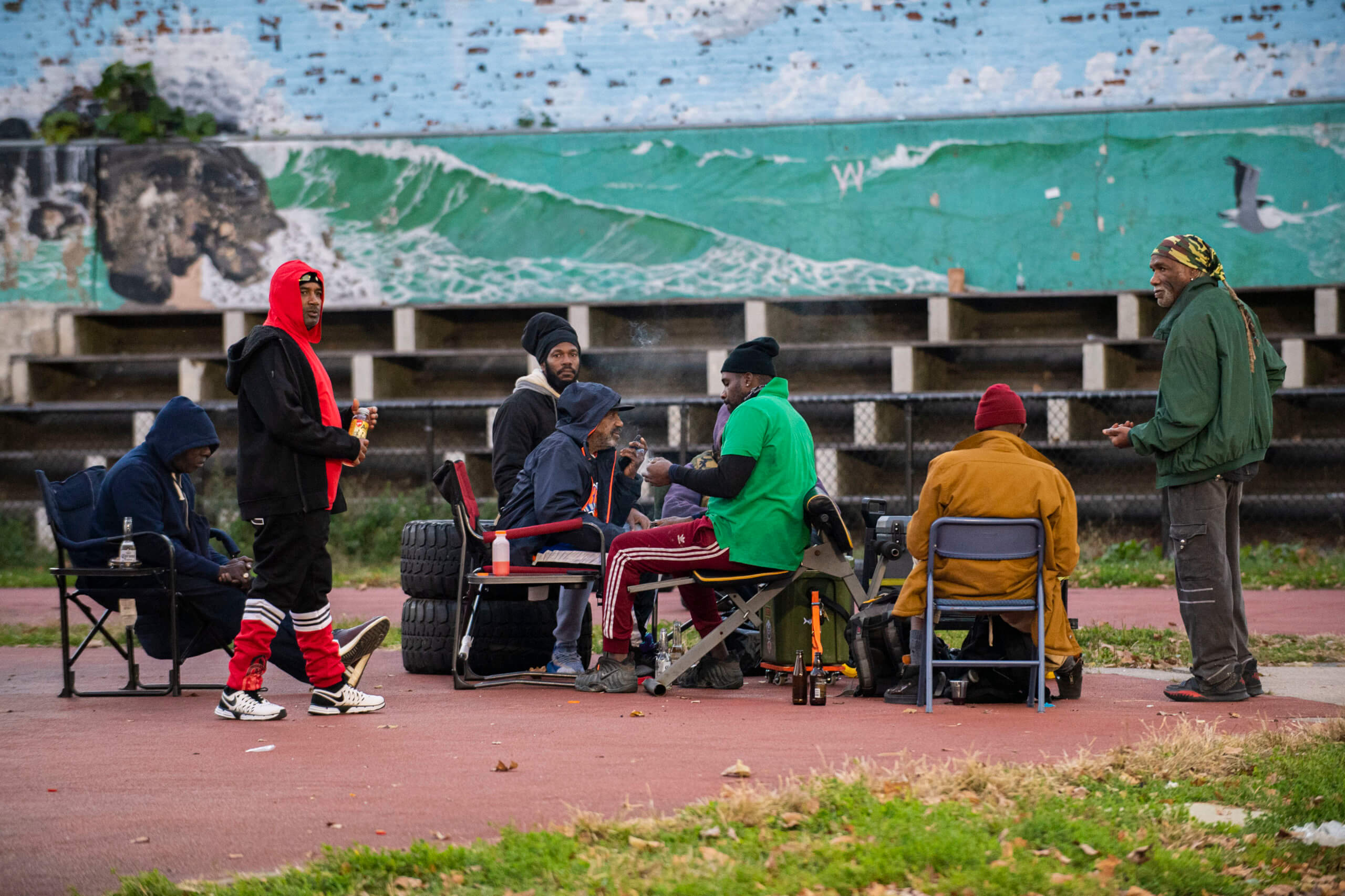
A pilot program to legalize basement housing lost funding in the early stages of the pandemic as the city’s priorities shifted. Outgoing Mayor Bill de Blasio estimates that 50,000 illegal basement apartments exist across the five boroughs, many of which are the sole affordable housing option for immigrants of all kinds. Louis said that along with affordable housing, access to healthcare and fortifying the businesses in gentrifying neighborhoods are at the top of her priorities.
“What I will say about 2022, we’ll see more people coalescing and coming together, merging for a better New York City,” Louis said. “And that’s for Caribbeans and everyone. I’m so excited about what we’re gonna do collectively.”
Learn more about New York City’s Caribbean community on this podcast produced by Reporting New York and Reporting the Nation.
Editor’s note: This story was produced by members of the Reporting New York and Reporting the Nation program at New York University’s Arthur L. Carter Journalism Institute. We are grateful to the university and the program’s director, Yvonne Latty, for sharing their report with us. Learn more about the program at journalism.nyu.edu. Editing of story by students Michelle Ng-Reyes, Laurel Poole, and Annie Iezzi.



